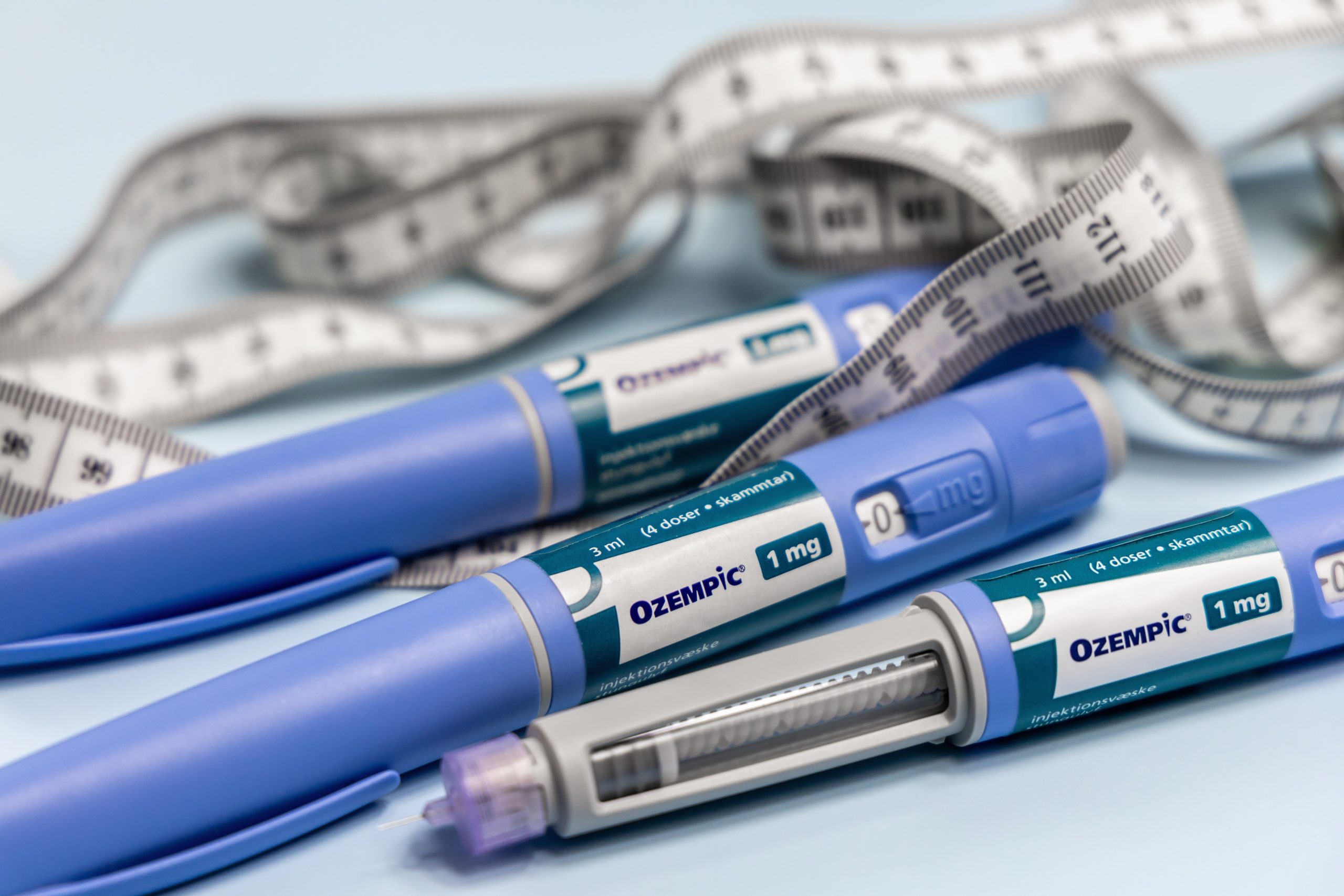Obesity drugs have revolutionized weight loss, but for thousands, the ultimate “before and after” includes an unexpected and unfixable side effect: loose, sagging skin that no cream or gadget can fix, no matter what the wellness industry promises.
Story Snapshot
- GLP-1 weight loss drugs have triggered a surge in loose, sagging skin among users.
- Firming creams and non-surgical treatments offer little to no real solution for significant excess skin.
- Plastic surgery remains the only reliable fix—a reality often at odds with patient expectations.
- The psychological and social toll of these cosmetic side effects is reshaping conversations about weight loss and body image.
From Miracle Weight Loss to the Skin No One Warned You About
GLP-1 agonists such as Ozempic and Wegovy promise rapid, dramatic weight loss. Since FDA approval and social media fame, these drugs have become as common as diet plans once were. Yet for those who achieve their goal weight, the victory is often bittersweet. The body shrinks, but the skin doesn’t always get the memo. Experts now confirm what many suspected: loose, hanging skin after major weight loss is the norm, not the exception—and it’s a problem the beauty industry cannot solve with a jar or a wand.
Despite glossy ads for firming creams and high-tech devices, medical consensus is unwavering. Non-surgical approaches—creams, radiofrequency, ultrasound—may offer marginal skin tightening for mild cases, but they are powerless against the folds and drapes left after losing 50, 100, or more pounds. The physics are simple: skin stretched for years loses elasticity, and when the fat vanishes quickly, there’s no time for it to adapt. The reality is harsh: if you’ve lost a lot of weight, only a scalpel can reliably remove the extra skin.
Cosmetic Industry Promises vs. Medical Reality
The disconnect between patient hope and medical fact is stark. Many embarking on GLP-1 therapy expect to emerge transformed—slimmer, healthier, and radiant. Few anticipate that success might mean trading one set of insecurities for another as they confront “Ozempic face,” drooping arms, or a belly apron. The cosmetic and wellness industries, sensing opportunity, flood the market with products promising to “tighten” or “restore” skin. Yet the evidence is unequivocal: these options are little more than expensive wishful thinking for those with significant skin excess.
Plastic surgeons and dermatologists now find themselves on the frontlines of a new demand wave. Consultations for skin-removal surgeries have skyrocketed, and waitlists for abdominoplasties, arm lifts, and thigh lifts grow longer each month. Surgeons caution patients that these procedures are not minor touch-ups—they are major surgeries, often requiring weeks of recovery and carrying real risks. Insurance rarely covers them, viewing excess skin as a cosmetic rather than medical issue, despite the discomfort and psychological distress it can cause.
The Human Cost: Stigma, Satisfaction, and a New Weight Loss Conversation
The struggle isn’t just physical. Many post-weight-loss patients find themselves avoiding mirrors, intimacy, and even social activities. The elation of weight loss is often shadowed by disappointment, frustration, and a sense of betrayal—by their own bodies, by media hype, and by an industry that downplays this outcome. For some, the stigma of “Ozempic face” or the embarrassment of loose skin can rival or surpass the burdens of obesity. Mental health professionals and support groups now play a growing role in helping patients adjust to their new reality.
Experts encourage resistance training and high-protein diets as ways to preserve muscle and possibly limit skin sagging, but these are partial solutions at best. Age, genetics, and the amount of weight lost are far more decisive. Those contemplating rapid weight loss—through medication or surgery—are urged to consult with medical professionals and set realistic expectations. The conversation around GLP-1 drugs is maturing, moving beyond the scale to include the full spectrum of outcomes, from metabolic gains to the emotional complexities of life after weight loss.
Sources:
Healthline: Unusual GLP-1 side effects, including sagging skin
Cleveland Clinic: “Ozempic face” and rapid weight loss effects
Medical News Today: Mechanisms and appearance of “Ozempic face”











